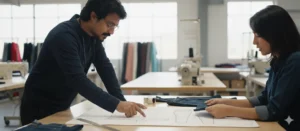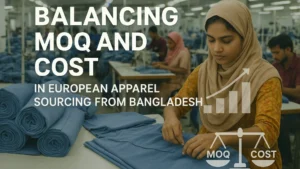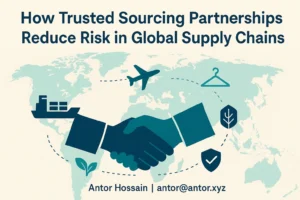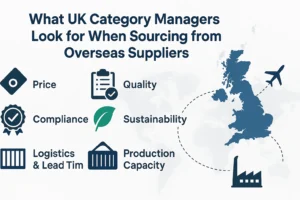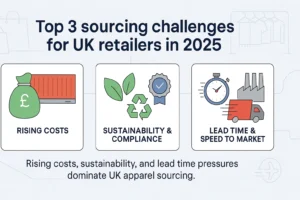Introduction
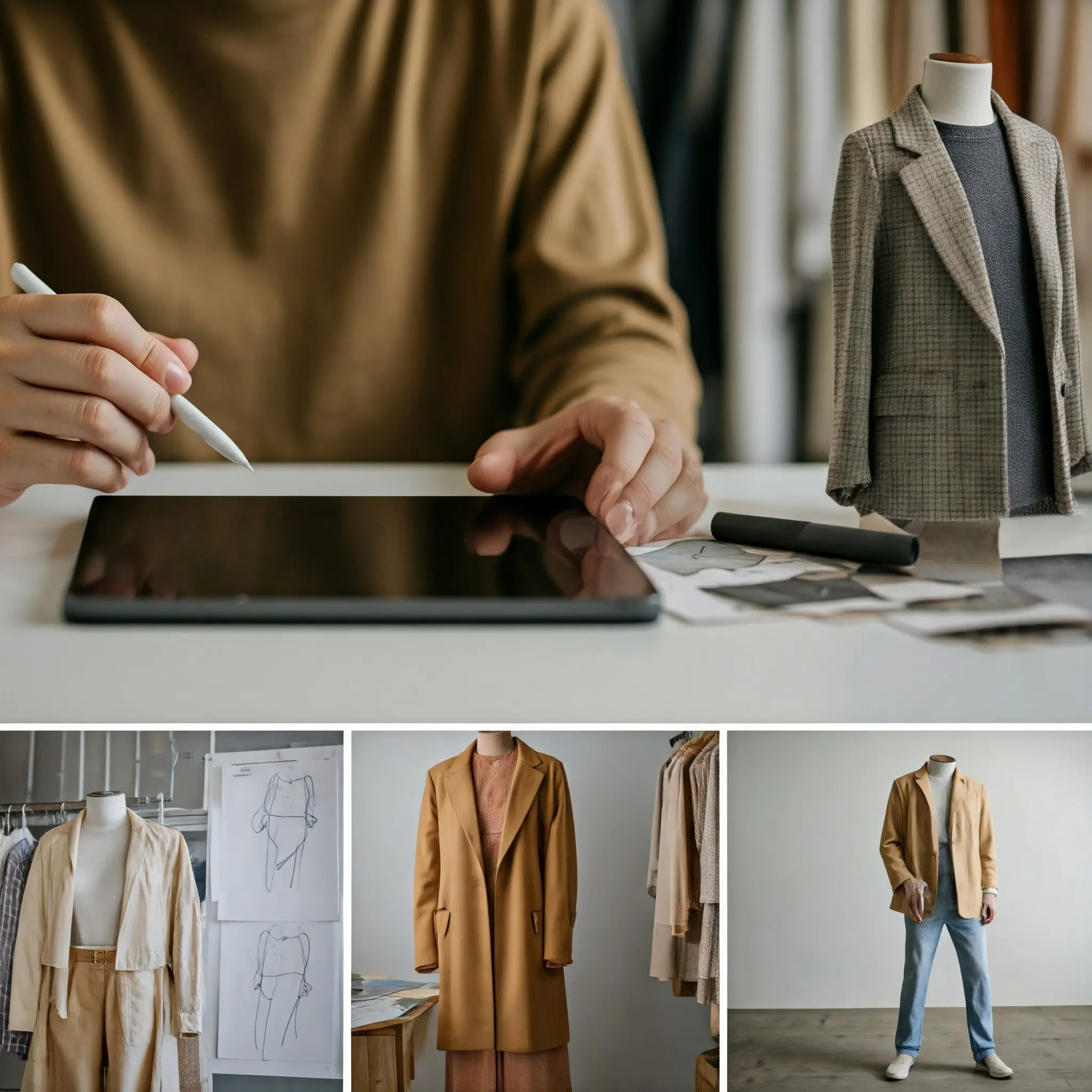
Product development is essential in the fashion industry, whether you’re working with a retail giant or a small manufacturing unit. The journey from concept to finished product requires a balance of creativity, trend analysis, technical skills, and market understanding.
Macy’s Merchandising Group (MMG) serves as an excellent example of how this process is handled at scale. They develop private-label brands with a focus on targeted customer lifestyles. But whether you’re a retailer or a manufacturer, the product development process follows a structured path to ensure quality and market readiness.
Key Steps in Product Line Development
- Inspiration and Research
The process begins by gathering inspiration from diverse sources like art exhibitions, films, and travel. Designers analyze market trends and previous sales data to shape the product categories. This phase also includes decisions on color palettes, fabric types, and the themes of the upcoming collection. - Trend Forecasting and Planning
Designers use trend forecasting tools to predict upcoming market preferences. The team selects color stories and fabrics, sketching initial concepts to visualize the new line’s direction. These ideas are further refined into cohesive storyboards. - Concept Development
The design team creates detailed sketches and selects trims and prints that align with the concept. They also request lab dips to match fabric colors to the chosen palette. - Merchandising and Editing
Once the preliminary designs are ready, merchandising meetings take place to refine the collection. The final designs are chosen based on commercial appeal and practicality. Technical packages are compiled for each design, which includes detailed specifications that guide the production process. - Sourcing and Prototyping
Sourcing teams research suppliers for fabrics and trims, while prototypes are created to test the designs. Factories advise on costing and production lead times. - Line Review and Finalization
During the line review, the samples are fitted and edited until they meet the desired quality and design standards. At this point, costs are negotiated, and orders for production are placed. - Internal Selling and Production
Private-label designs are presented internally to buyers. Once approved, production fabrics and trims are ordered, and the goods move into the manufacturing stage. Throughout production, quality control ensures that all garments meet the brand’s specifications. - Delivery and Retail
The final stage involves shipping the products to retailers. Once the goods reach the stores, they are ready for consumers, marking the completion of the product development cycle.
Conclusion
Developing a product line is a meticulous process that combines creativity with technical precision. From researching trends to delivering the final product, every step plays a crucial role in building a successful brand. Companies like Macy’s Merchandising Group exemplify how this process works at scale, but the same principles apply to any apparel business.

